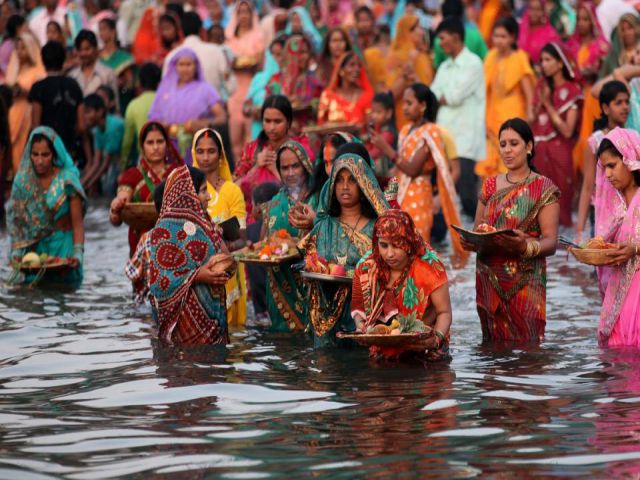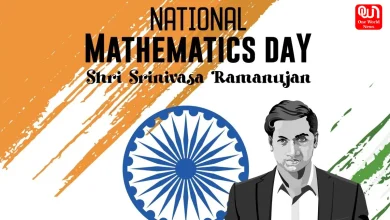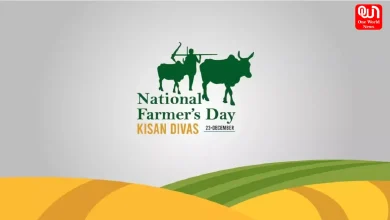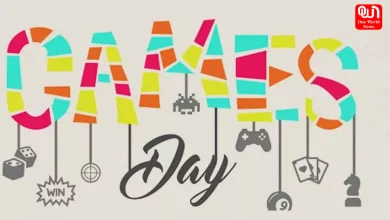Chhath Puja 2022: Know its significance & history!

Chhath Puja 2022 : All that you need to know about Bihar’s Diwali like festival ‘Chhath Puja’!
Chhat Puja 2022: Diwali is finally over and with that our long weekend has also ended. But wait, still one festival is left and we are talking about Chhath Puja. Chhath is an important Hindu festival that is mainly celebrated in Bihar and some regions of Nepal. This is the toughest Puja people do. The puja is dedicated to the worship of the Sun god and his wife Usha. During the occasion, devotees perform puja to thank god for supporting life on earth and seek the divine couple’s blessing. However, Chhath – the main day – is not the first day but the third day of the Puja is the main day. This year the Puja will begin on October 28, 2022.

Related : Why it is important to do Chhath Puja
This Puja is not less than a festival and it is celebrated in wider way. According to Hindu religion, the Sun is believed to heal many severe health conditions and ensure longevity, prosperity, progress and well-being. Sun is worshipped in our Hindu culture. People celebrate the festival by following a rigorous routine that lasts four days. The rituals include: fasting (including abstinence from drinking water), holy bathing, offering prayers to the rising and setting sun, and meditating by standing in water.
In addition to Bihar, many other states such as Jharkhand, eastern UP, regions of Nepal, Madhya Pradesh, Uttar Pradesh, Gujarat, Bangalore, Chandigarh, Chhattisgarh also celebrate the festival with great fervour. Chhath Puja is so called as it is celebrated on the sixth day of the month of Karthika in the Vikram Samvat.
The enriched history that you must know
It is believed that the celebration of Chhath Puja predates ancient Vedas, as the rituals performed during the puja are similar to the ones mentioned in Rig Veda, in which the Sun god is worshipped. At the time, the rishis were also known to worship the Sun and remain without intake of food as they would obtain their energy directly from the sun. However, another significance of the Puja is attached to the story of Lord Rama.
According to ancient texts, Rama and his wife Sita had kept fast and offered prayers to the Sun god, in the month of Kartika in Shukla Paksh, once they returned to Ayodhya after 14 years of spending in the forest. From then on, the Chhath Puja became a significant and traditional Hindu festival, which is celebrated with zeal and zest every year.
Important events!
The four-day festival starts four days after Diwali. This is how the devotees observe the festival.
Nahay Khay: The first day of Chhath Puja, devotees take a dip, preferably in the Kosi River, Karnali and Ganga, and carry home the holy water to prepare the offerings. They have to take seven dips in holy water.
Lohanda: The second day, the devotees observe a fast for the whole day, which ends in the evening a little after sunset. After worshipping the Sun and the Moon, they prepare offerings of kheer, bananas and rice for their family. After consuming the offering, they fast for 36 hours without water. This is the toughest fast.
Sandhya Arghya (evening offerings): After preparing the prasad, the devotees take a dip in the holy water body in the evening and worship the Sun god and Chhathi maiyya. They offer the evening offerings amid folk songs.
Usha Arghya: The fourth day, devotees go to the holy waters and offer morning offerings or ‘Usha arghya’ to the sun, following which they break their fast.
Happy Chhath Puja!







